
Microbalances
For Your Most Precious Samples
A microbalance is an exceptionally precise instrument used for weighing very small samples with a high degree of accuracy. METTLER TOLEDO microbalances offer capacity up to 52 g and readability down to 0.1 µg, enabling you to weigh sample quantities with a weight as low as 30 µg. Micro weighing is commonly used in chemical and elemental analysis, emissions testing, and applications involving small quantities of rare, valuable, toxic or potent substances.
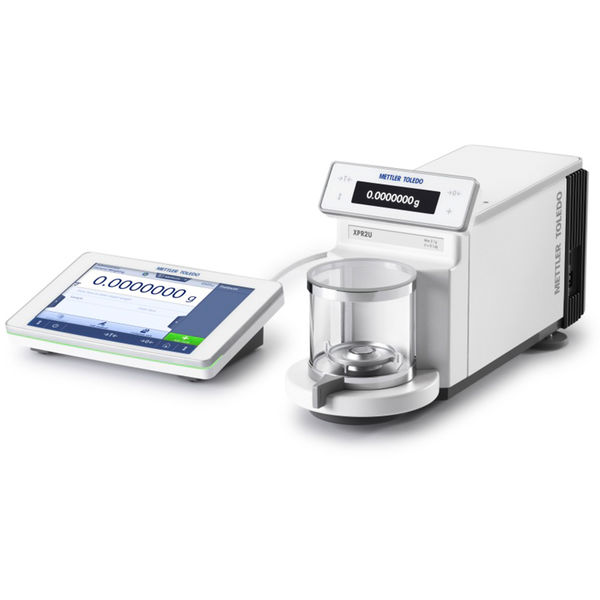
Balance XPR2U
Microwegen in optima forma. Weegbereik 2,1 g; aflezing 0,1 μg; geïntegreerde methodes; resultatenlogboek; 2 displays; automatisch windscherm; zichtbaarheid rondom; compacte afmetingen; eenvoudige reiniging; compatibel met LabX.
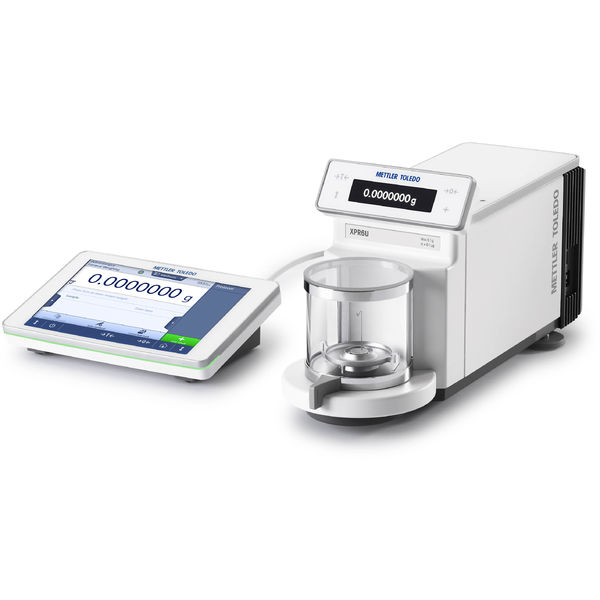
Balance XPR2U/M
Microwegen in optima forma. Weegbereik 2,1 g; aflezing 0,1 μg; geïntegreerde methodes; resultatenlogboek; 2 displays; automatisch windscherm; zichtbaarheid rondom; compacte afmetingen; eenvoudige reiniging; compatibel met LabX.
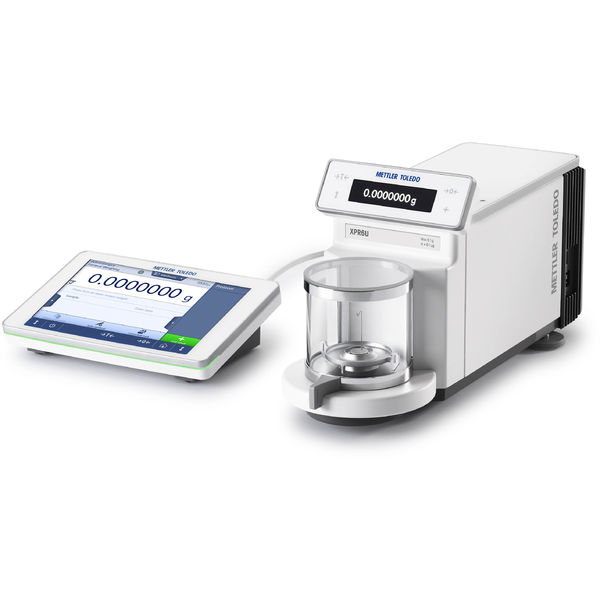
Comparator XPR6U
Het wordt geleverd met een capaciteit van 6.1 g en een afleesbaarheid van 0.0001 mg. De belangrijkste voordelen zijn: zeer nauwkeurige massabepaling, minimale weegfouten, veilige gegevensoverdracht en zeer ergonomische bediening.
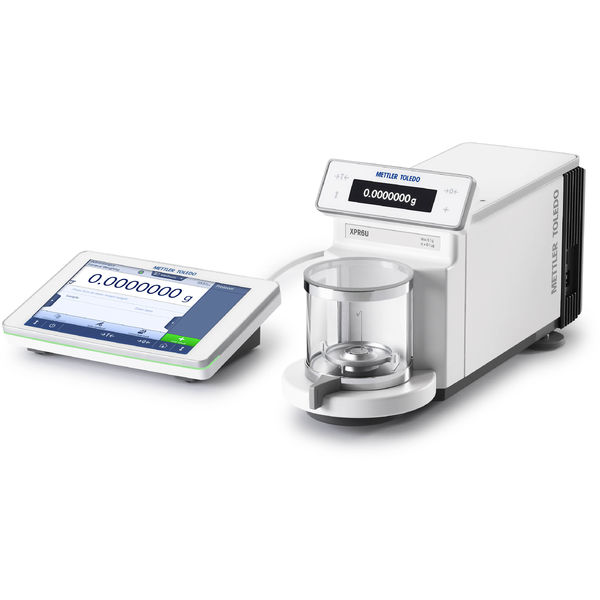
Comparator XPR6U/M
Excellence XPR-ultramicrobalans, weegbereik 6,1 g, afleesnauwkeurigheid 0,1 µg, met actief temperatuurregelsysteem, GWP-conforme, ingebouwde SmartView-terminal en moderne gebruikersinterface.
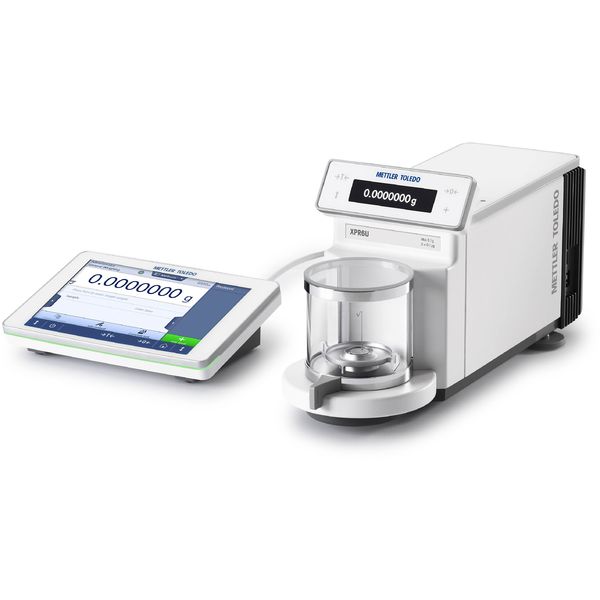
Balance XPR6UD5
Microwegen in optima forma. Weegbereik 6,1 g; aflezing 0,5 μg; geïntegreerde methodes; resultatenlogboek; 2 displays; automatisch windscherm; zichtbaarheid rondom; compacte afmetingen; eenvoudige reiniging; compatibel met LabX.
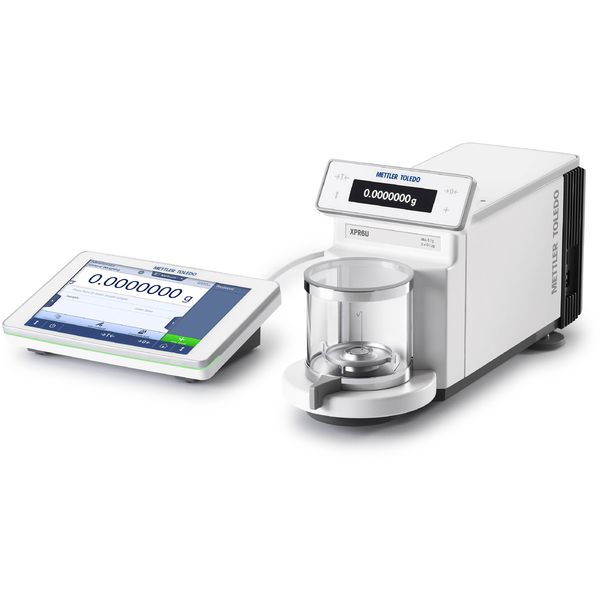
Balance XPR6UD5/M
Microwegen in optima forma. Weegbereik 6,1 g; aflezing 0,5 μg; geïntegreerde methodes; resultatenlogboek; 2 displays; automatisch windscherm; zichtbaarheid rondom; compacte afmetingen; eenvoudige reiniging; compatibel met LabX.
Advantages
Do You Want Your Balance to Perform at Its Best? Get It Serviced by the Market Leader
Do You Want Your Balance to Perform at Its Best? Get It Serviced by the Market Leader
FAQs
- What is a microbalance and what is an ultra-microbalance?
- Micro balance vs analytical balance. What is the difference?
- What is a microbalance used for?
- What is special about microbalance design?
- Which micro weighing balance is right for me?
- Where should I place the micro balance in my laboratory?
- How to weigh on a microbalance?
- How can I ensure stable readings on my micro balance?
- What is the safest way to weigh toxic and potent substances on a microbalance?
- How to clean a microbalance?
- How do I calibrate and adjust my microbalance? What about microbalance routine testing?
- How can I save my results and the data from my microbalance?
- How do I transfer data from the XPR microbalance to a computer?
- How do our microbalances contribute to sustainability?
- What types of weighing pans and accessories are available for XPR microbalances?
- Why Is calibration of microbalances important?
- Is an external microbalance required for thermal analysis?
- Can I weigh filters (automotive or environmental) on Mettler Toledo’s microbalances?
- Can I weigh stents on METTLER TOLEDO microbalances?
- What is the importance of using a draft shield on a microbalance?
- How should I store a microbalance when not in use?
What is a microbalance and what is an ultra-microbalance?
A microbalance is a highly precise weighing instrument used for determining the weight of extremely small samples in the microgram weighing range. Microbalances offer six decimal place readability (1 µg), and ultra-microbalances offer seven decimal place readability (0.1 µg). The weighing cell in a microbalance or ultra-microbalance is highly sensitive, enabling samples as small as 30 µg to be weighed with a high degree of accuracy. Microbalances are commonly used for emissions testing, filter weighing, and chemical and elemental analyses.
Watch our sample preparation video to see XPR microbalances in action:
Micro balance vs analytical balance. What is the difference?
An analytical balance is defined as having a readability of at least 4 decimal places (0.1 mg), with some having 5 or even 6 decimal place readability. A micro weighing balance has 6 (1 µg) or 7 (0.1 µg) decimal place readability; the name microbalance comes from the microgram readability. In general, micro balances offer better weighing performance and lower minimum weights, making them ideally suitable for weighing extremely small samples, from the microgram range up to just several milligrams. METTLER TOLEDO's balance portfolio includes three different types of micro weighing balance: micro-analytical balances, micro balances, and ultra-micro balances, in order of increasing weighing performance. The micro-analytical balance has the shape of an analytical balance but has a second inner draft shield and smaller hanging weighing pan. METTLER TOLEDO micro balances and ultra-micro balances have a protected design with a different shaped housing and a cylindrical draft shield. The table below summarizes the three METTLER TOLEDO micro weighing balance types:
*The number of decimal places refers to measurements in grams
What is a microbalance used for?
Micro balances are used in a wide variety of applications that require very small samples to be weighed with a high degree of accuracy. Micro balances are ideal for weighing valuable, rare and potent substances as only very small quantities are required; this is safer, more economical and makes the most out of your precious samples. Micro balances are commonly used in product testing and quality assurance laboratories. In chemistry labs and mining applications, micro balances are perfectly suited for weighing small amount of powders and minerals. Common micro balance weighing applications include particulate matter weighing (filter weighing/emissions testing), pesticide analysis, pipette calibration, and stent weighing.
For more information on weighing with a microbalance, visit our applications library page.
See our microbalances in action here:
What is special about microbalance design?
METTLER TOLEDO XPR microbalances incorporate some unique design features in order to provide you the best weighing performance coupled with ergonomic operation.
Separation of the micro balance electronics from the weighing cell
METTLER TOLEDO XPR microbalances are cleverly designed so that the electronics are separate to the precise mechanical weighing cell. This separation helps prevent heat from the electronics influencing the sensitive weighing cell, which can lead to unstable and incorrect weighing results. Furthermore, METTLER TOLEDO XPR microbalances incorporate an Active Temperature Control system (ATC™). ATC ensures the temperature inside the weighing chamber is equivalent to that outside, which provides a highly stable weighing environment. The advantage is faster settling times, lower drifts, and an outstanding level of accuracy.
Main and second display
The main terminal on METTLER TOLEDO XPR microbalances offers the flexibility of being positioned away from the micro balance and placed wherever it is most convenient. For example, the micro weighing scale can be placed inside a fume hood and the terminal outside. The second SmartView terminal is positioned directly above the weighing chamber, which is extremely handy while weighing samples. The SmartView terminal also incorporates basic balance functions for even greater convenience and ergonomic operation.
Round draft shield with all-round visibility
XPR microbalances and ultra-microbalances have a cylindrical glass weighing chamber that offers all-round visibility, including from the top, so that you have the best view while handling small, delicate, and sometimes hazardous, samples. Furthermore, the draft shield doors can be operated automatically by simply waving your hand in front of one of the sensors. All parts can be quickly removed, cleaned and reassembled without the need for any tools.
Compact footprint
METTLER TOLEDO XPR microbalances have the smallest footprint of any micro balance on the market. Coupled with the ability to place the main terminal wherever it is convenient for you to access, this makes the most of your valuable workspace and is very useful in any safety cabinet where space is at a premium.
























